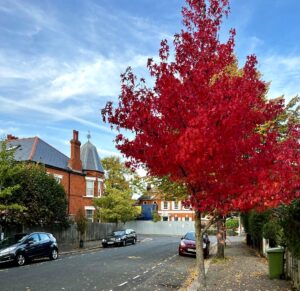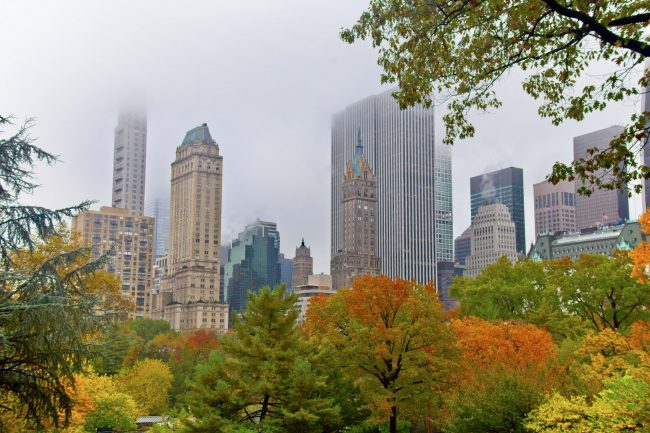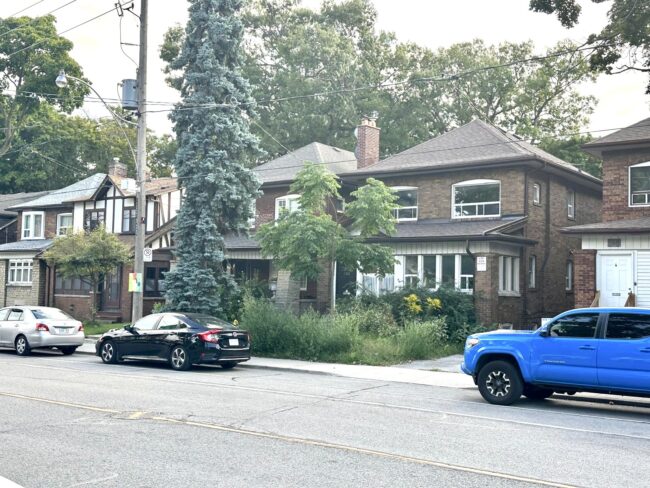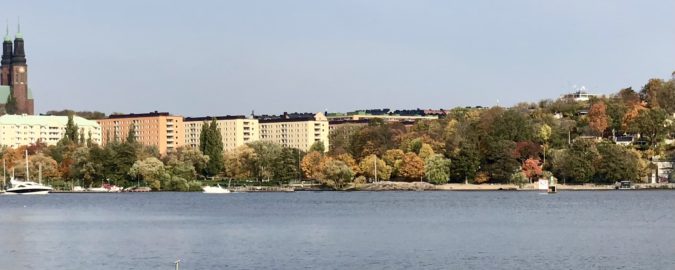Trees in the right place ?

City temperatures are rising across the Earth. Heat stress causes illness and even death. Between March and June last year, India experienced record-breaking temperatures, with 37 cities surpassing 45oC. Hundreds of people died from heat death and over 40,000 heatstroke cases in 17 states were recorded. Increasing urban temperatures also mean greater use of air conditioning (and associated energy use). In an attempt to mitigate these rising temperatures, many cities have implemented tree planting programmes, e.g. One Million Tree campaigns.
During the day, trees cool cities by:
- Blocking the sunlight from reaching certain areas
- The loss of water vapour (transpiration) via their stomates - tiny pores on the underside of leaves
- Changing the flow of air in and around trees and buildings.
These are the positive aspects of trees in cities, but there can be a downside to their presence. The heat build-up stored in roads and buildings during the day can irradiate back into the atmosphere at night, but it can be ‘trapped’ by a dense leaf tree canopy.

Cambridge researchers have now analysed the results of some 182 recent studies of trees in different cities and countries / climates, and have reported that :
- Urban trees can result in an air temperature reduction of some 12oC as experienced at the pedestrian level
- Trees reduced the peak monthly temperatures in most of the cities studied
- The cooling effect varied significantly, according to the tree species present, the urban layout and the climate the trees experience.
 Seemingly city trees exert a greater cooling effect in hot and dry climates, and less in hot and humid climates. For example, in tropical rainforest climates [which experience very high humidity] then the day time cooling effect may be as low as 2oC, and the warming effect at night +0.8oC. The study also noted that cities with an ‘open’ urban layout with a mix of evergreen and deciduous trees (of different sizes) were more likely to experience a good cooling effect. However, in cities with a dense or compact layout, such as Cairo or Dubai, planting mainly evergreen species was found to be more effective.
Seemingly city trees exert a greater cooling effect in hot and dry climates, and less in hot and humid climates. For example, in tropical rainforest climates [which experience very high humidity] then the day time cooling effect may be as low as 2oC, and the warming effect at night +0.8oC. The study also noted that cities with an ‘open’ urban layout with a mix of evergreen and deciduous trees (of different sizes) were more likely to experience a good cooling effect. However, in cities with a dense or compact layout, such as Cairo or Dubai, planting mainly evergreen species was found to be more effective.

The study concludes that whilst urban planners need to provide more green space in cities, they must also carefully consider the ‘mix’ of trees that are planted. The study also emphasises that trees alone will not provide a solution to rising temperatures, but the use of solar shading and reflective materials will play a part, as will the nature and structure of the urban layout.
Full details of this study can be found here :
https://www.nature.com/articles/s43247-024-01908-4

Leave a comment